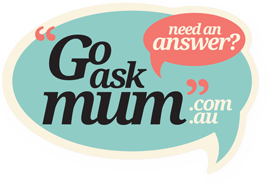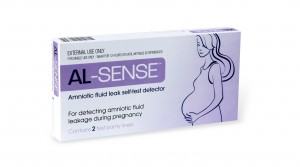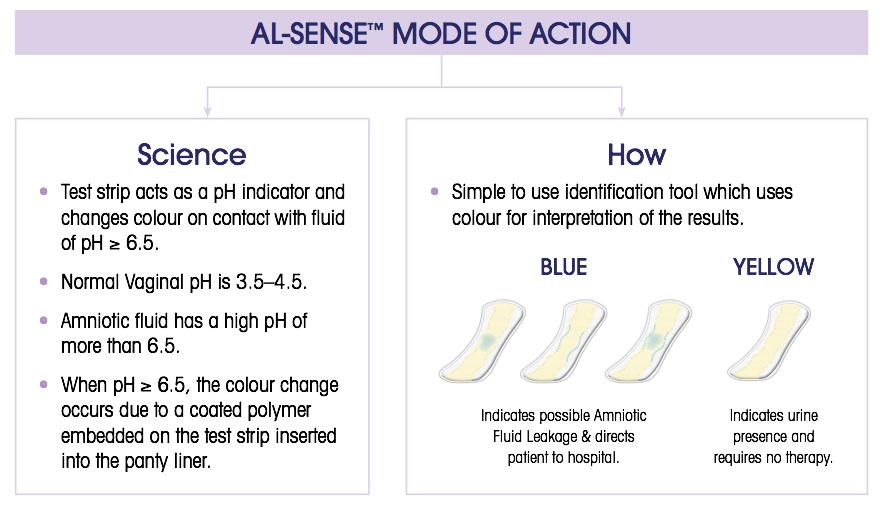Sponsored post
Whilst pregnancy for many women, is a wonderful experience, the vast array of changes our bodies undergoes, can leave us feeling unsure about what is in fact normal, particularly when it comes to topics we may be embarrassed talking about, such as vaginal wetness. As a result we may not know what is normal, and what may be a cause for concern.
The truth is that increased moisture in the vaginal area is completely normal during pregnancy, particularly during the last trimester, as our bodies prepare for delivery. It can be difficult to distinguish whether this wetness is caused by vaginal discharge, urine or amniotic fluid, and misinterpretation is common – in fact over 20% of women attend a hospital because of wetness. Of these 50% are sent home when the wetness turns out to be urine.
Amniotic fluid is a colourless liquid that surrounds your baby in the uterus, and plays a key role in their development by;
- Helping to protect and cushion your baby inside the sac
- Maintain a constant temperature around your baby
- Protecting your baby and your uterus against infection
- Helps baby’s lungs, kidneys, and digestive system develop
- Contributes to muscle and bone development by allowing your baby to move around the womb

But how do you know? Having AL-SENSE™ panty-liners at home as part of your pregnancy essential kit, could save you an unnecessary trip to the doctors or hospital – not to mention help put your mind at ease, or ensure you seek the proper medical attention.
Having AL-SENSE™ panty-liners at home at the ready means that you can wear one as soon as possible after you experience the wetness, in the same way you would wear a regular panty-liner. If the panty-liner (which can be worn for up to 12 hours) is stained blue-green (in any size, shape or location on the panty-liner) you may be leaking amniotic fluid and should contact your doctor without delay. If the panty-liner remains yellow, the vaginal wetness was probably not caused by amniotic fluid. If you continue to experience wetness it is advised that you use a new AL-SENSE™ panty liner and repeat the test or contact your doctor.
AL-SENSE™ are the only non-invasive, monitoring test that you can do at home to distinguish between amniotic fluid leakage and urinary incontinence. Having been used worldwide in Europe and the US, the AL-SENSE™ self-test detector is now available in Australia.
Nursing Unit Manager of the Delivery Suite at Sydney Adventist Hospital, Narelle Tessier, is a midwife with over 30 years’ experience, and sees first-hand the value of a non-prescription and non-invasive test that pregnant women can do quickly and easily at home to test for amniotic fluid leakage.
If a woman comes into the delivery suite with ruptured waters gushing out, it is clear that she has ruptured her membranes and appropriate care is given.
If, however, there are just little amounts or the leakage comes and goes, then we may not be so sure if the membranes have ruptured.
In these cases, we can ask the mother-to-be to pop the AL-SENSE™ panty liner on and go for a walk, or we can send them home. It saves them waiting around the hospital for hours. If the AL-SENSE™ panty liner turns blue after the leakage, then we are better informed and can manage her pregnancy accordingly.
Some women get embarrassed by their leakage, and are unsure if they need to contact their midwives. If they already have the AL-SENSE™ panty liner in their pregnancy kit then they can test at home and save themselves an inconvenient and unnecessary trip to hospital.
AL-SENSE™panty-liners are available to purchase from the AL-SENSE website here and cost $24.50 for a box of 2 panty liners ($12.25 per panty liner); or $49 for a box of 5 panty liners (less than $10 per panty liner).
Do you want to know more about this product and hear what other expectant mums like you thought after trying this product for themselves? We’ve recruited the help of 20 women, all in the last stages of their pregnancy, to trial the AL-SENSE pantry-liners, and share their experiences with us! Stayed tuned – we’ll be sharing their reviews with you all in the coming weeks!
Disclaimer: Please note that if you have any medical concerns during or after pregnancy, you should always contact your medical practitioners. This product is not intended to replace the role of a medical practitioner in your prenatal care.














i want to purchase it in some qty. please inform me the procedure.